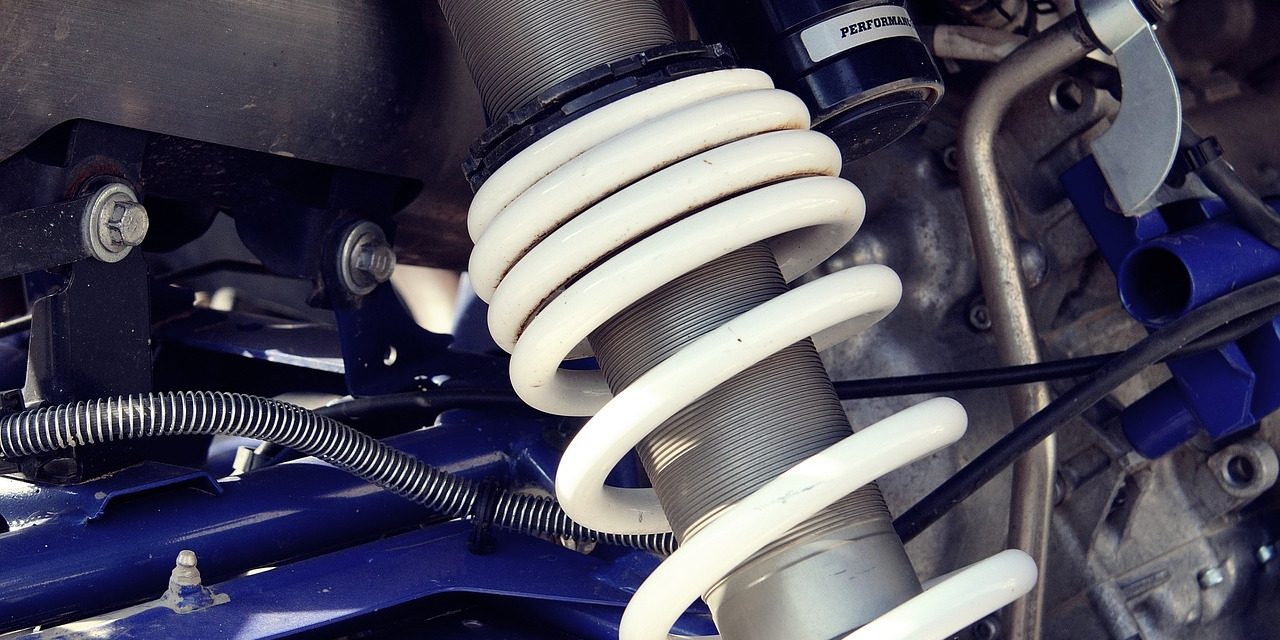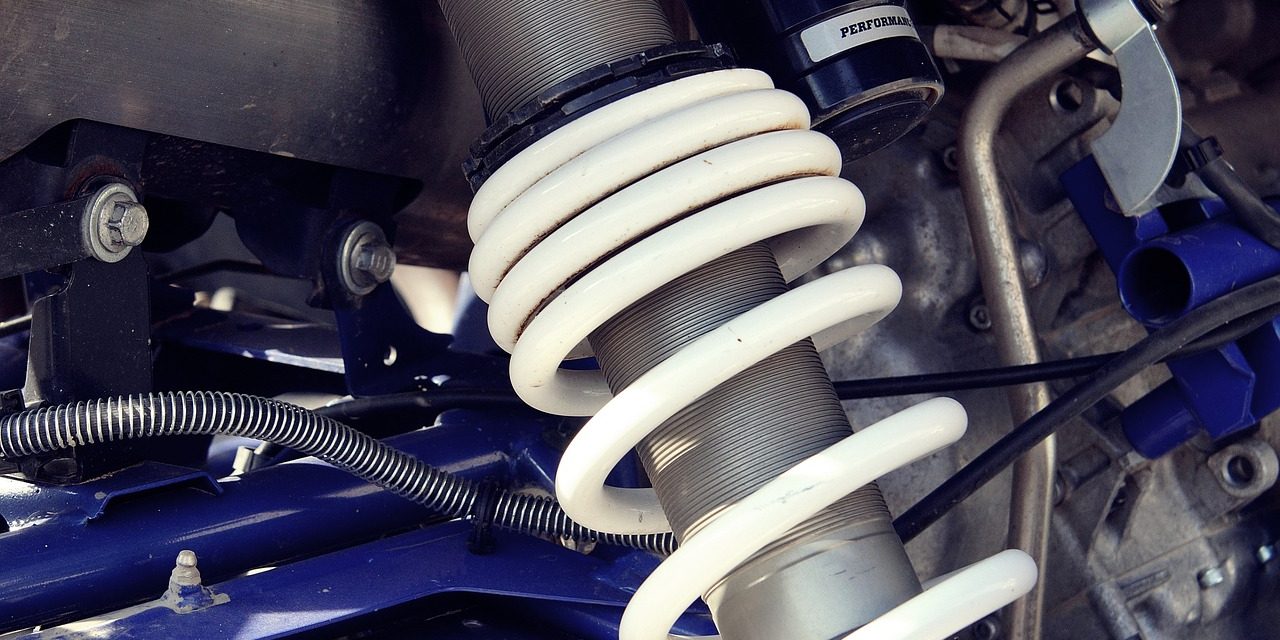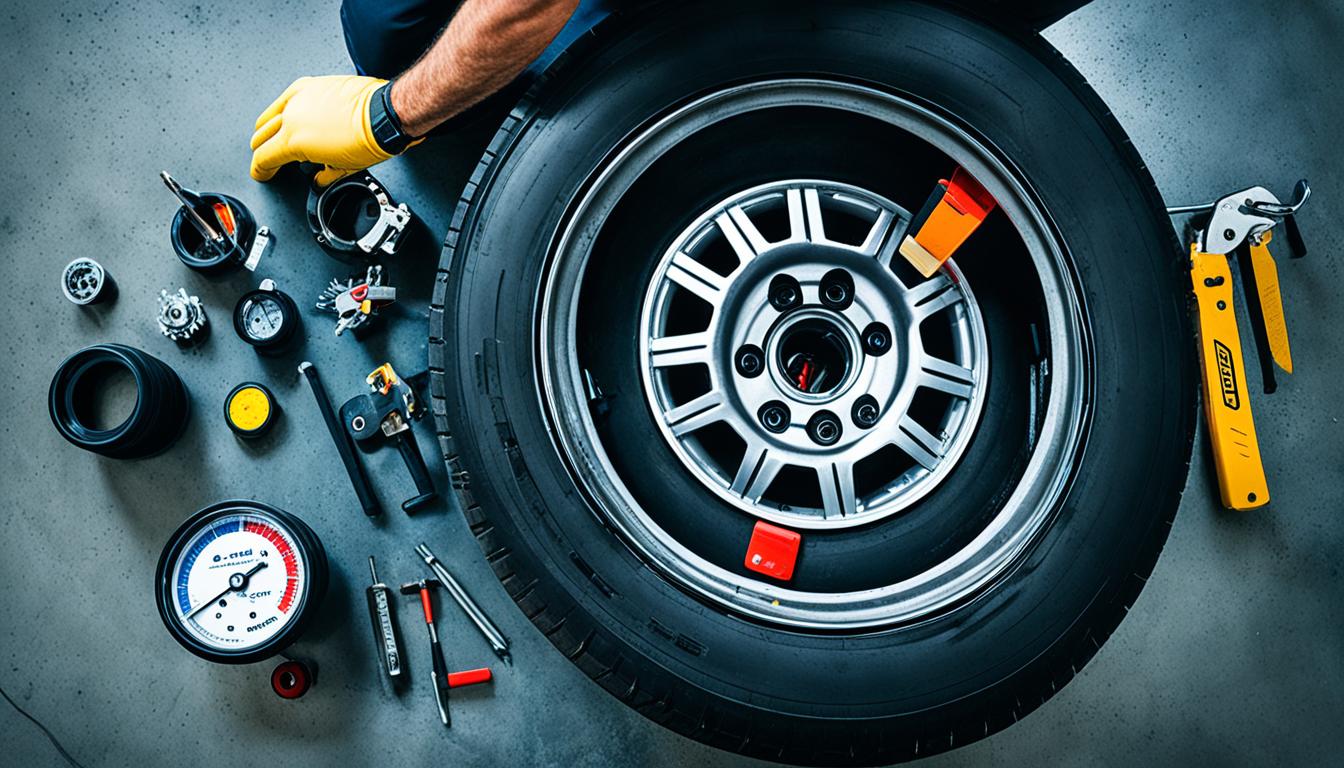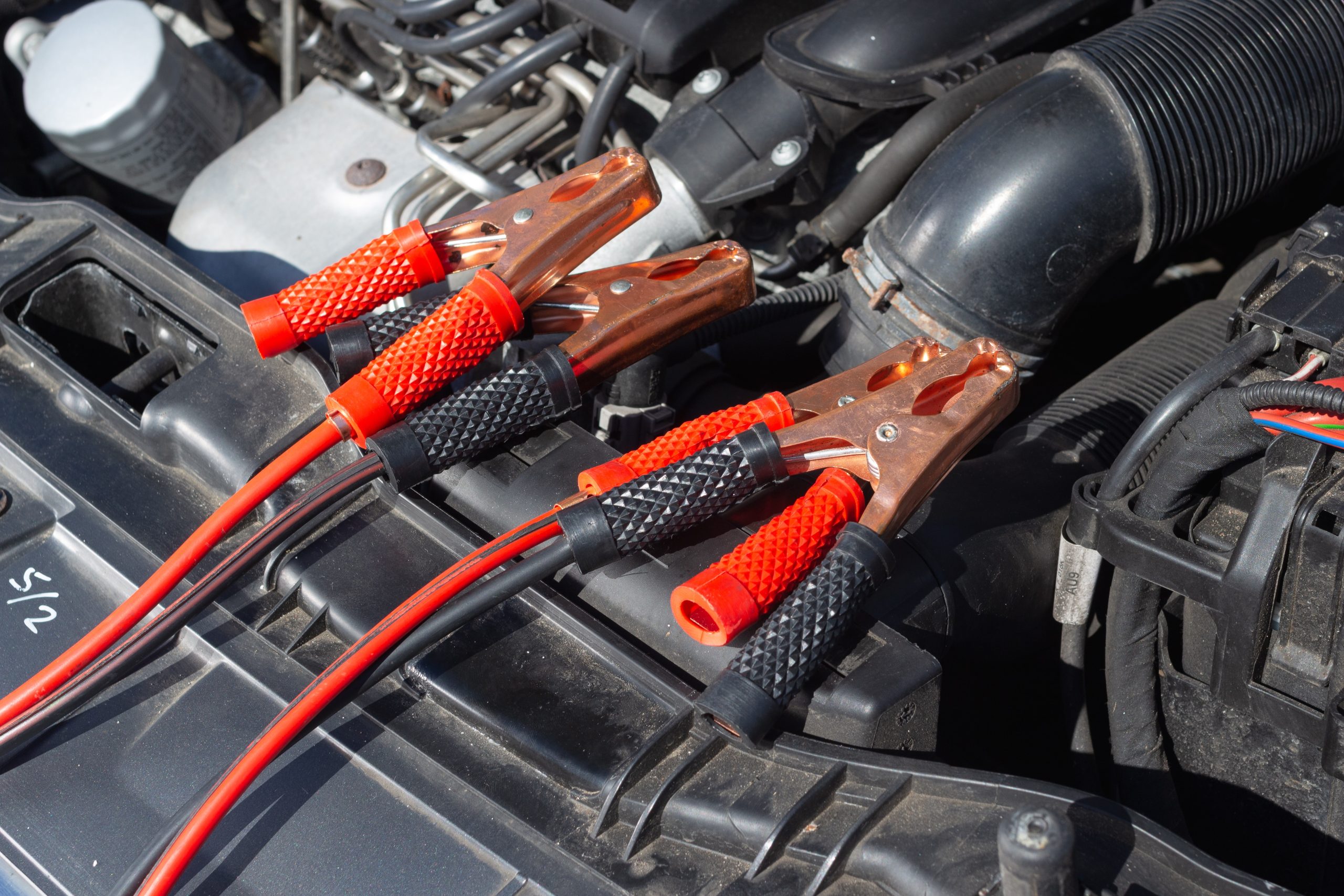Car Suspension Care Guide For Smooth Rides


Wondering how to make your car ride smooth and comfy? It’s all about looking after your car’s suspension system. Tips on maintaining your suspension help it work better. This means a smoother drive for you.
Learn what makes up your suspension system and how to lessen its unsprung weight. This guide is for anyone who cares about their car or wants to improve its performance. It’s a vital read for all drivers.
Understanding Your Suspension System
Your vehicle’s suspension system is very important for a smooth ride. It works by absorbing the shock from the bumps and dips in the road. This keeps your tires on the road to ensure good handling.
The shocks control the up-and-down motion of your wheels. They make sure the ride is smoother on rough roads. Springs hold up the weight of your car and help with the bumps.
Struts do the job of both shocks and springs. They make the system simpler and stronger.
Even the tires are part of the suspension system. They keep you connected to the road. So, it’s very important to take good care of your tires for a better suspension system.
Knowing how your suspension system works is key to keeping it in good shape. This knowledge helps you spot any problems early. Then, you can fix them before they cause more damage. This leads to a smoother and nicer drive.
How Does Your Suspension System Work?
Your car’s suspension system responds to bumps by absorbing them. This stops the vibrations from reaching you. So, you get a comfortable ride as you travel.
Shock absorbers turn the energy from a bump into heat. This action allows the wheels to rebound without jumping. Springs hold your car up and make sure the ride is always the same level.
Like springs and shock absorbers, struts also keep your ride steady. They are mainly in the front of the car. Struts improve how your car drives and feels on the road.
All these parts work together to keep your tires touching the road. They give you control in various driving situations. By understanding your suspension, you can value its role and look after it well.
Maintaining Your Suspension System
It’s crucial to keep your suspension system healthy. Some tasks are best for pros, but many you can do yourself.
Regularly check your tire pressure. Proper inflation is key for your suspension’s job. Too low or too high pressure makes tires wear unevenly and affects how your car handles. Always check the recommended pressure in your manual, and use a good gauge to adjust.
Keep an eye on your tire tread depth. Tires with low tread can’t grip the road well, making your car less safe. Use a tread depth gauge to measure your tire grooves. If they’re too shallow, it’s time to get new ones.
Watch out for signs of worn suspension parts. If your car feels bumpy, or you notice clunky movement or tire wear, it might be the suspension. In this case, it’s best to let a professional inspect and possibly repair your suspension.
Taking care of your suspension is good for your driving. You get better handling and a smoother trip when your suspension is right. By following these care tips, you’re not just improving your ride but also the safety and performance of your vehicle.

Summary:
- Check tire pressure regularly to ensure proper inflation.
- Monitor tire tread depth and replace worn-out tires.
- Pay attention to signs of worn suspension parts.
Reducing Unsprung Weight
One great way to boost your car’s suspension is to lessen unsprung weight. Unsprung weight talks about parts of your car that the suspension doesn’t hold up, like tires, rims, and some suspension bits. Lighter parts can make your car’s suspension work faster and better. Your car will feel smoother over bumps, and it will handle the road well.
Having less unsprung weight brings many pluses. It helps your car’s suspension act quicker, making the ride smoother. A quicker suspension response time means your car can keep steady on rough roads. You’re less likely to skid or lose control.
Your car will also steer and turn better with less weight under it. This leads to easier, more precise driving. Navigating tight turns or winding roads can become more enjoyable.
Reducing unsprung weight can also help save gas. It takes less effort to move lighter parts, so your car uses less fuel. This means you spend less on gas and help the environment by lowering emissions.
There are many ways to cut unsprung weight. Switching to alloy wheels can make your car lighter. Also, choosing lighter tires is smart. Swapping heavy suspension parts for light ones helps too.
However, lightening your car too much isn’t good. You must keep a good balance to stay safe. Always talk to a car expert before changing your suspension.
Choosing the Right Tires
Getting the best tires matters a lot for a smooth drive. The tires you select can really change how your car feels on the road. Always look at what your car’s maker suggests for the best results. They recommend what’s good for your car’s model to give it top performance.
Tire profile is key. This means how tall the tire is compared to how wide it is. Picking the right profile is vital for both good performance and comfort. Different profiles handle various roads differently, so pick carefully.
Even though low profile tires look cool, they might not be best for comfort. They’re sleek, but they don’t have much space for air. This can make your ride harder and you might feel road bumps more. Think about how you drive and where you drive when choosing a profile.
Keeping your tires in good shape is also very important. Checking tire pressure often is crucial. The wrong pressure can make your ride rough or wear out your tires too soon. A good tire pressure gauge helps you keep the pressure just right.

- Regularly check tire pressure.
- Inspect tires for signs of damage or wear.
- Rotate tires to ensure even wear.
- Maintain proper wheel alignment for optimum performance.
Choosing the right tires, keeping the pressure correct, and taking care of them makes your drive smoother and safer.
Conclusion
Looking after your car’s suspension is key to a comfy ride. Know your system well, keep things clean, pick light parts, and choose good tires. This way, your car will feel better and last longer.
Do simple checks often. Keep an eye on tire pressure and tread. Also, watch for signs of worn-out parts. Lighter items help your car handle better. This makes driving smoother on any road.
Getting the right tires is vital. Use ones that your car maker suggests. Also, ensure they’re in good shape. This keeps you safe and happy when on the road.
If there’s big work to do, talk to a pro. They’ll make sure your suspension is good to go. Follow these steps for a great drive and to keep your car running well.










